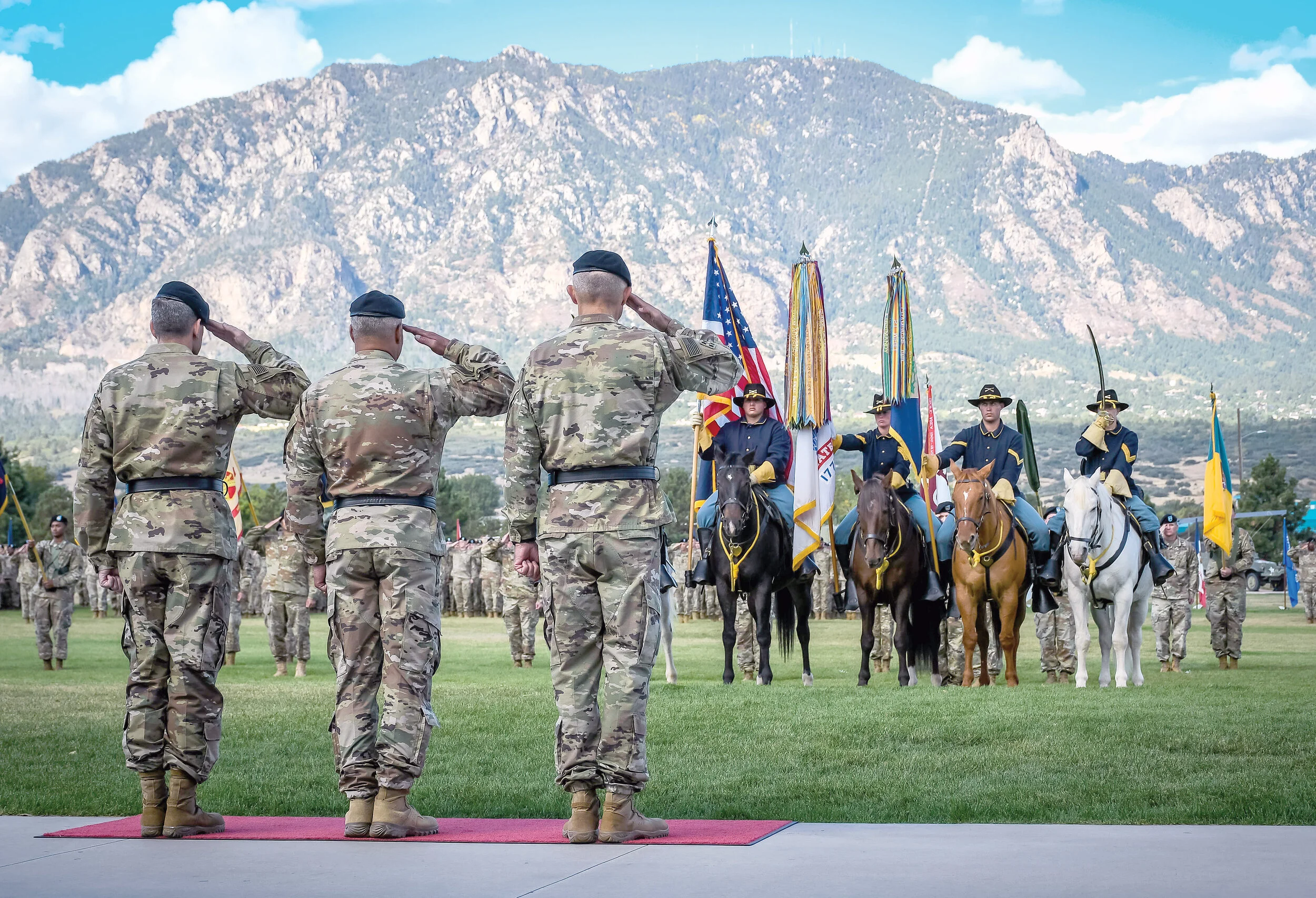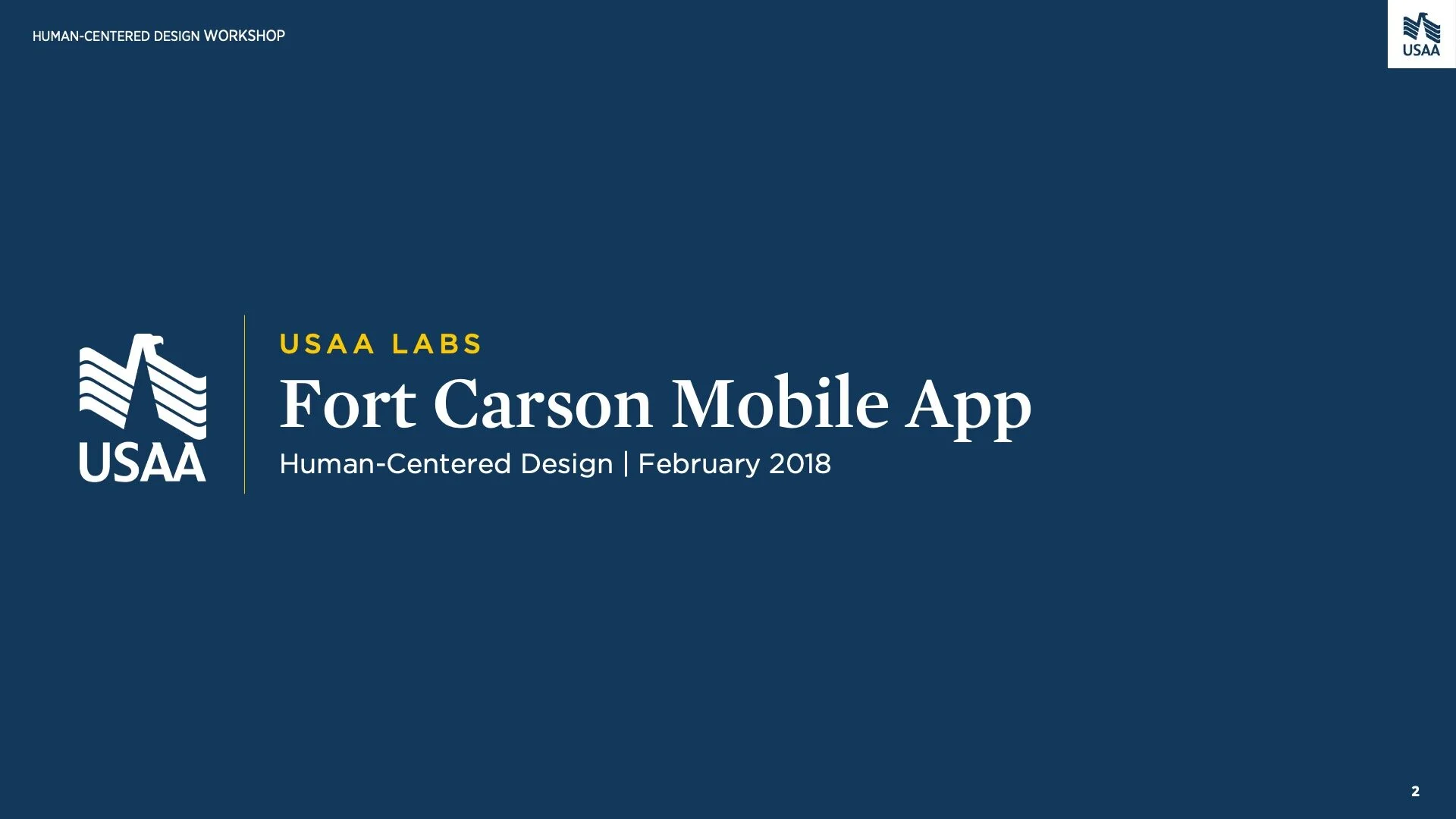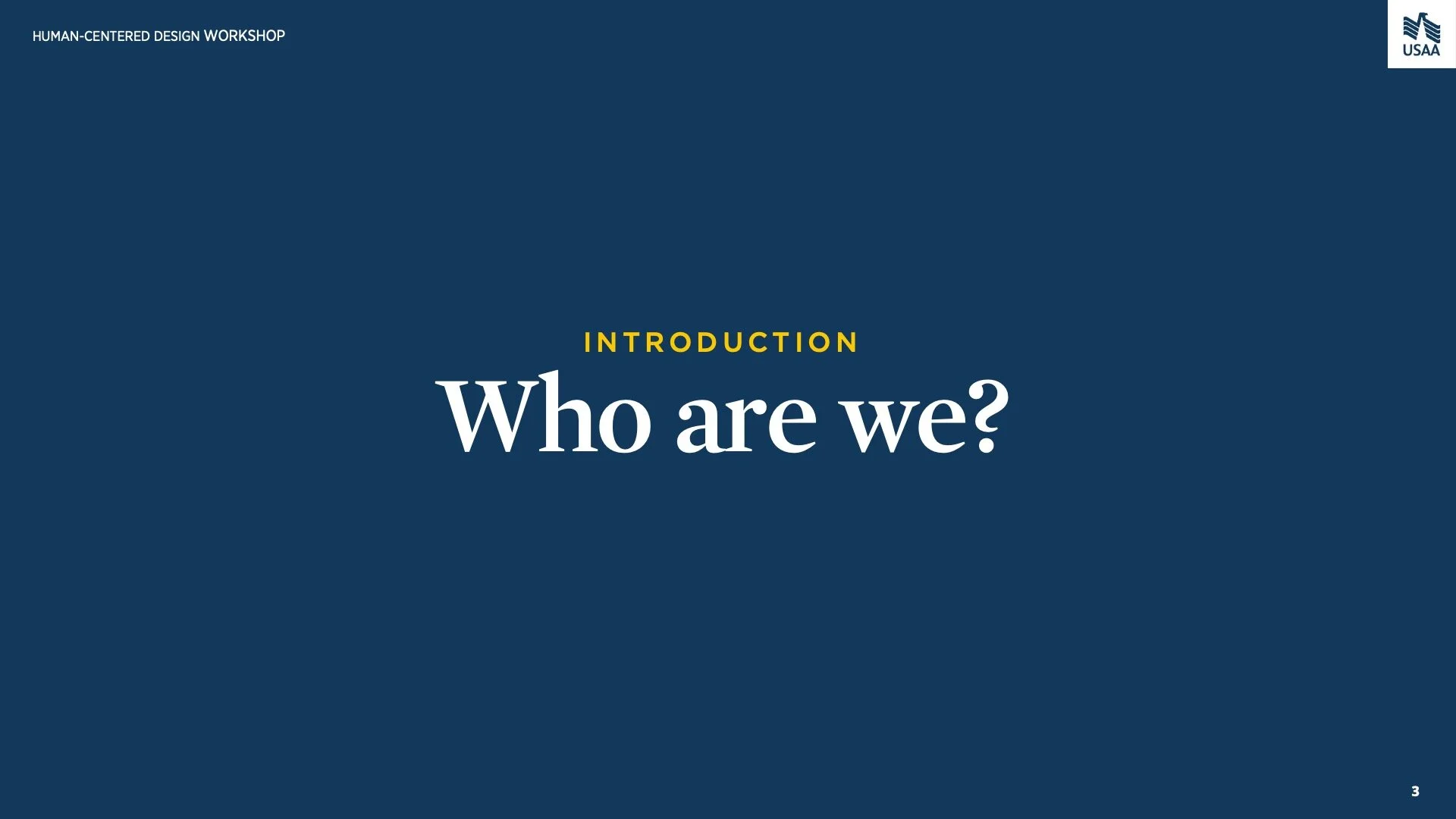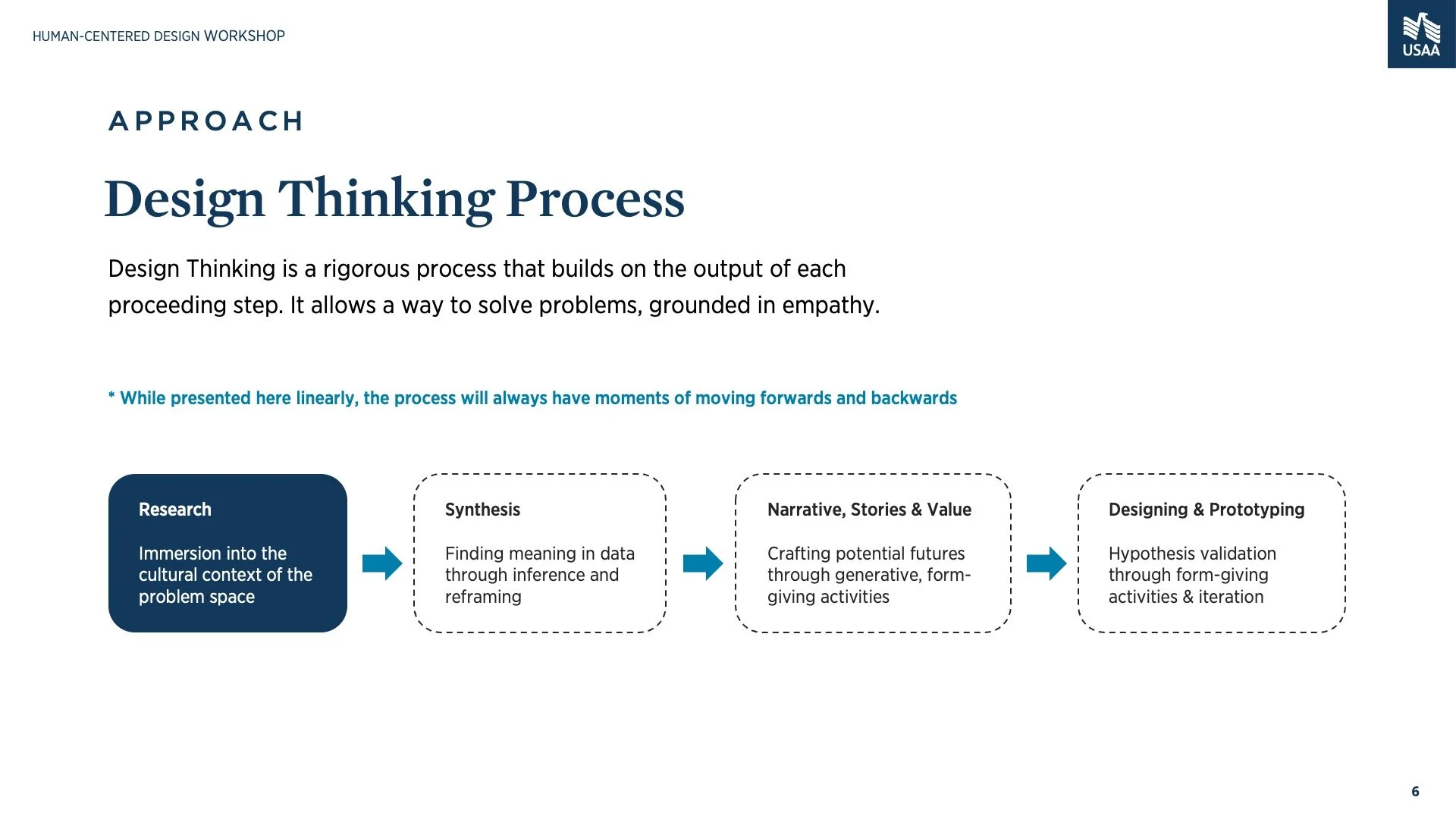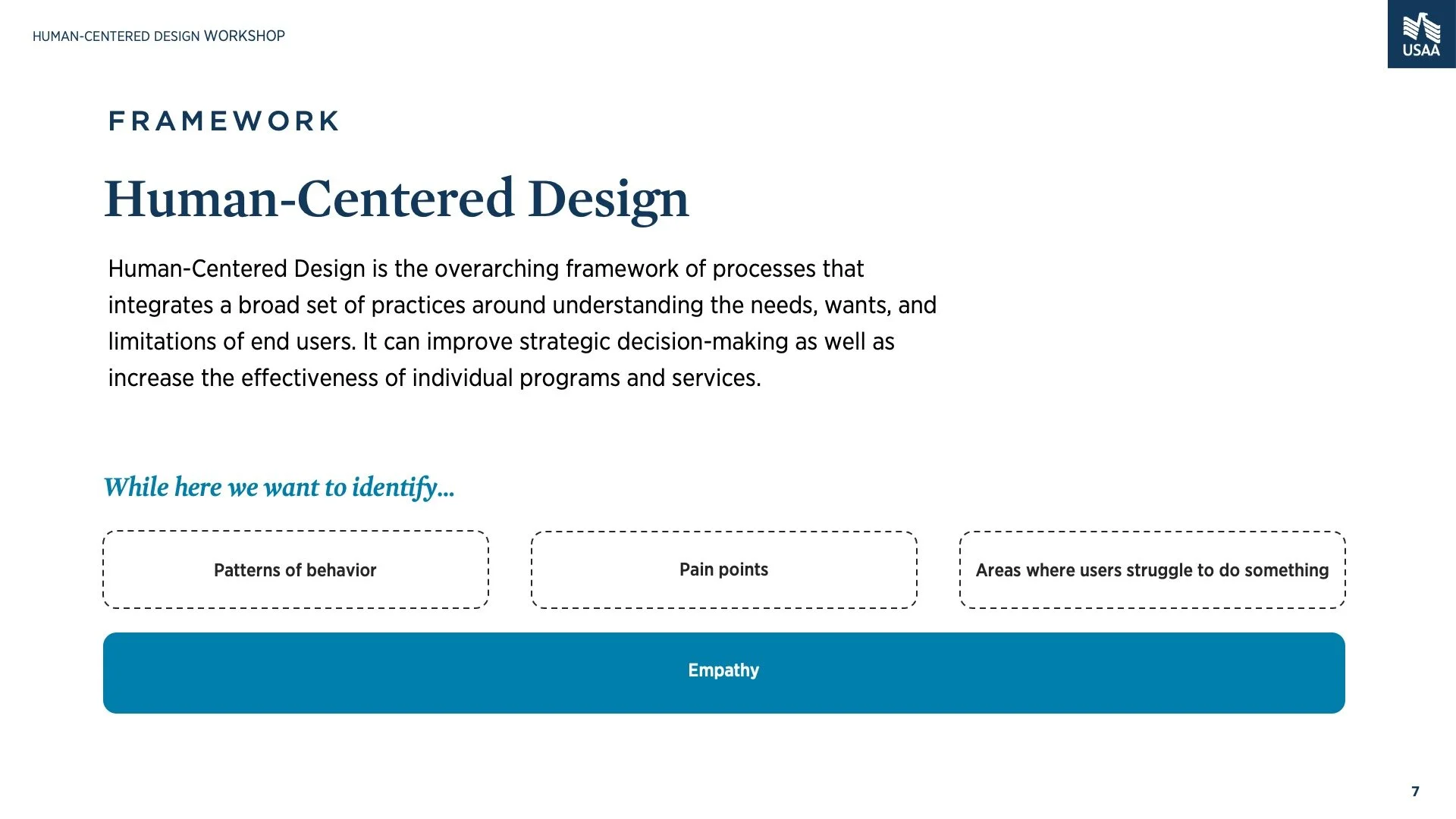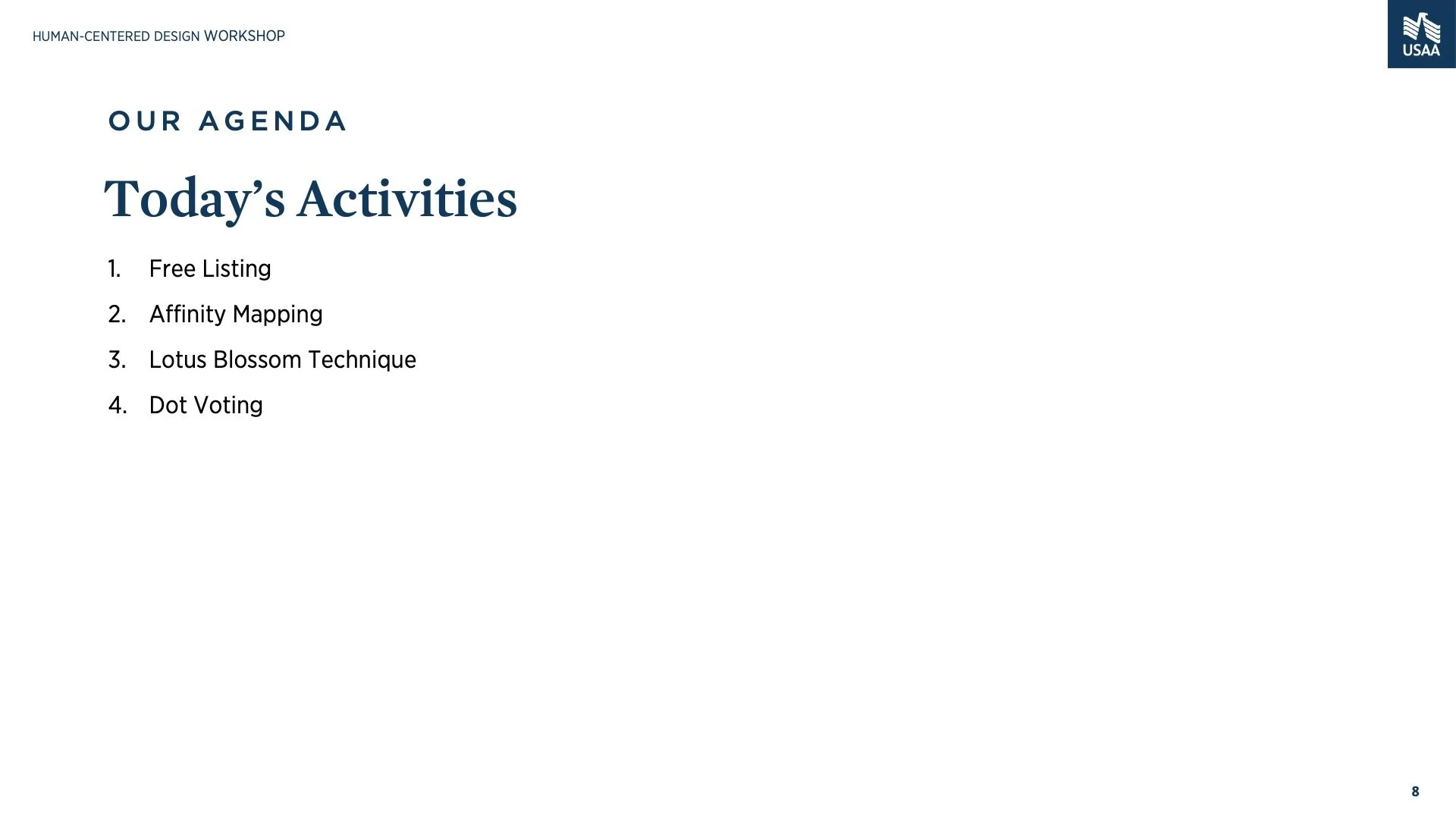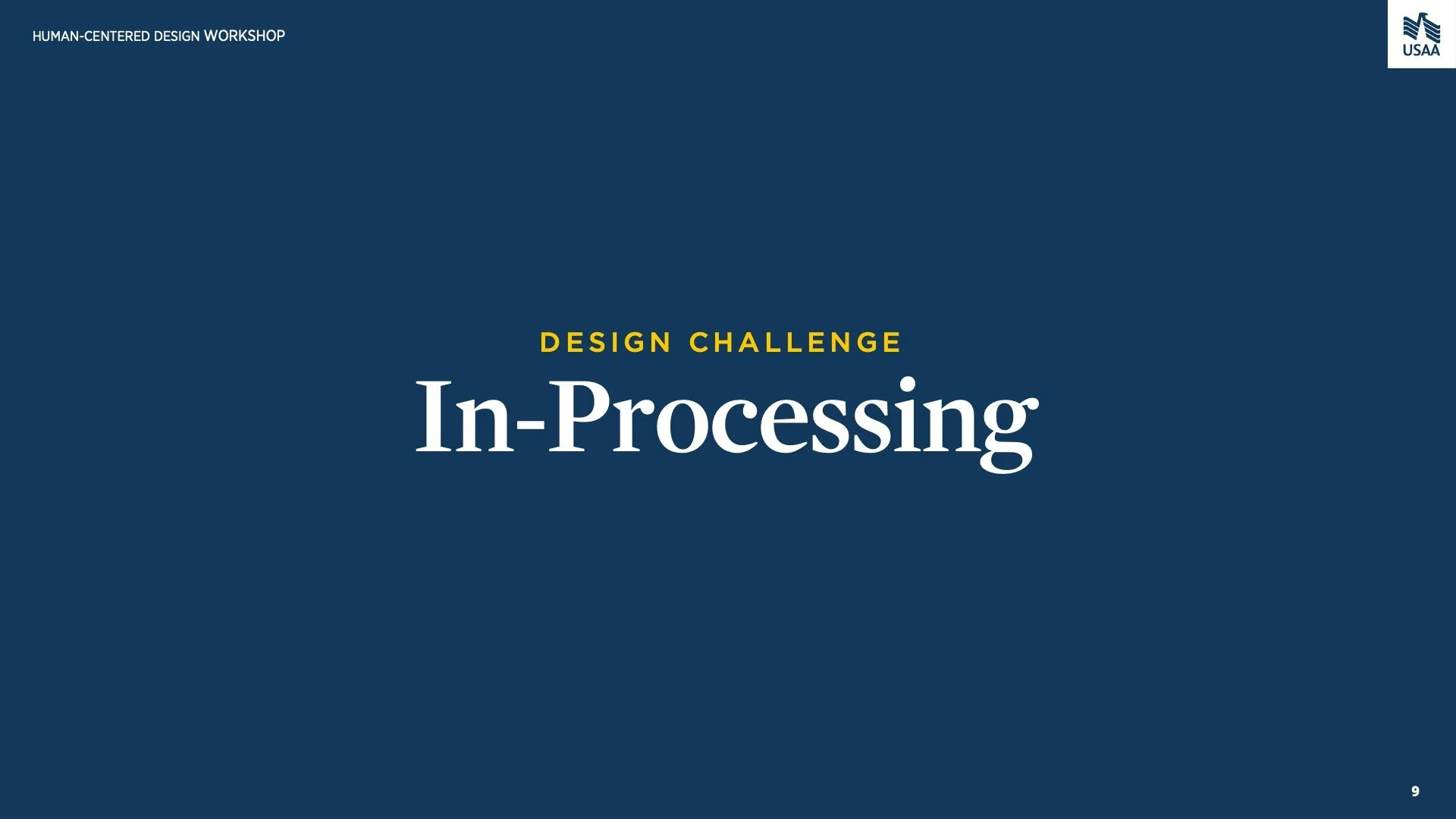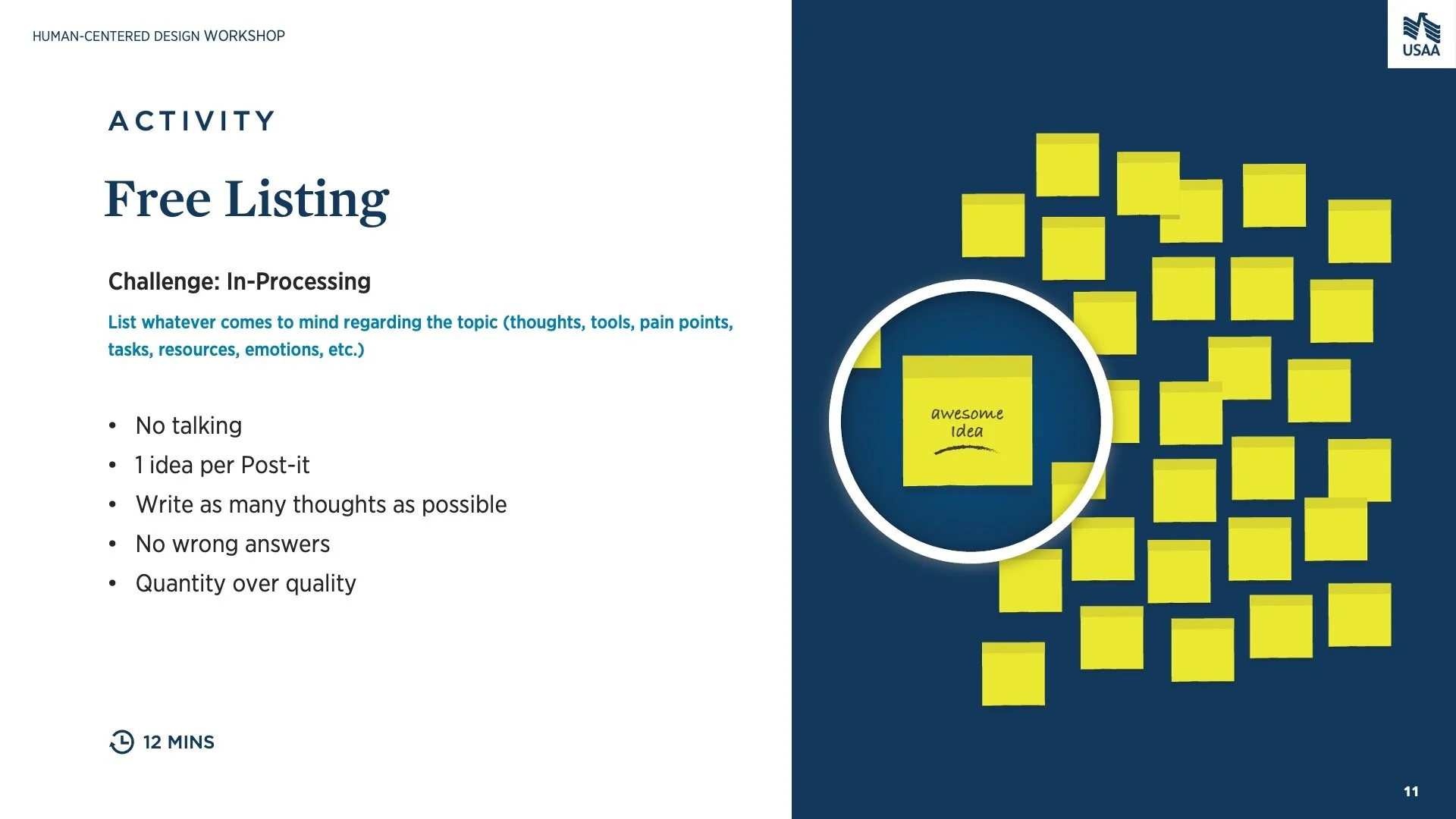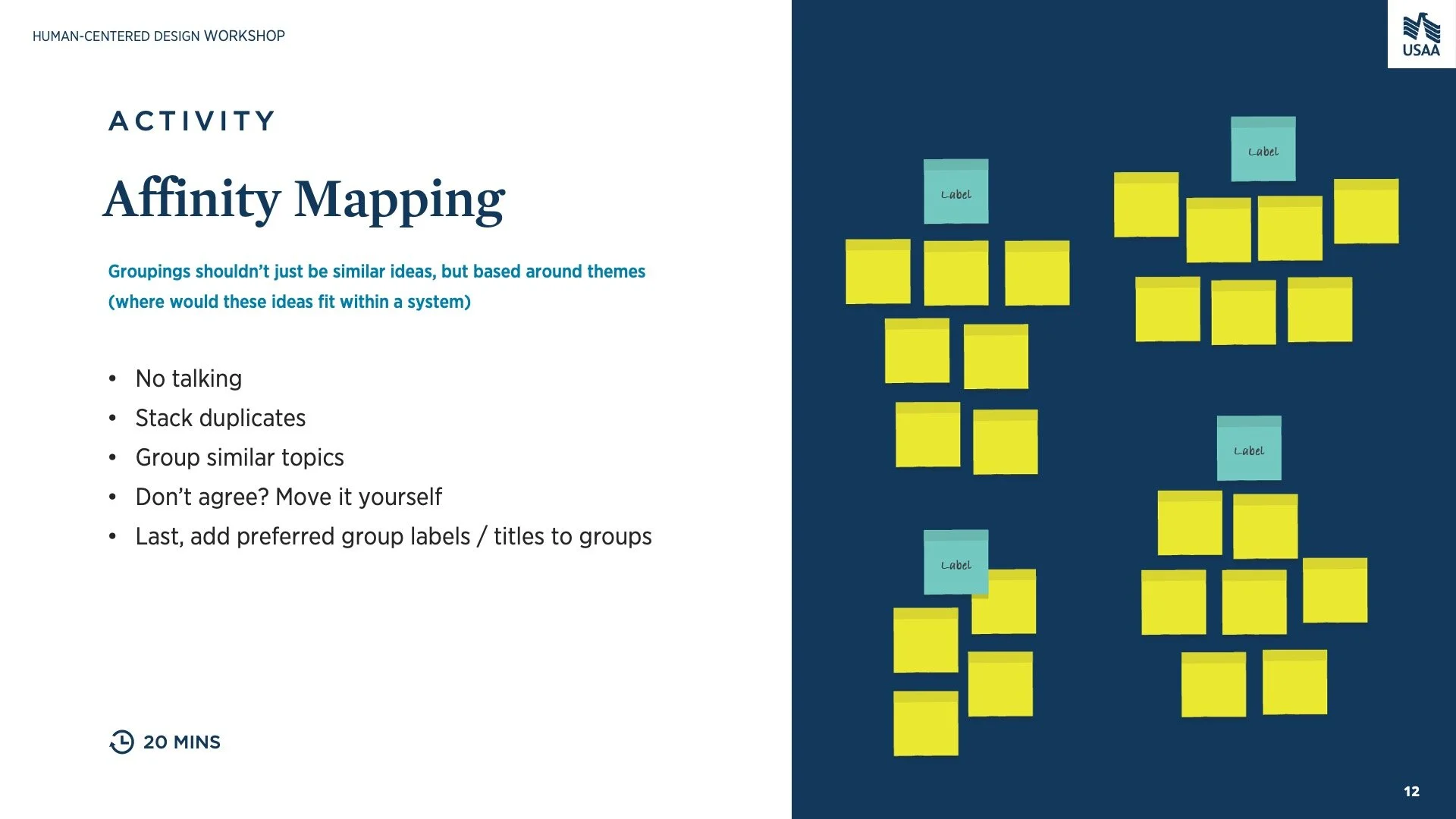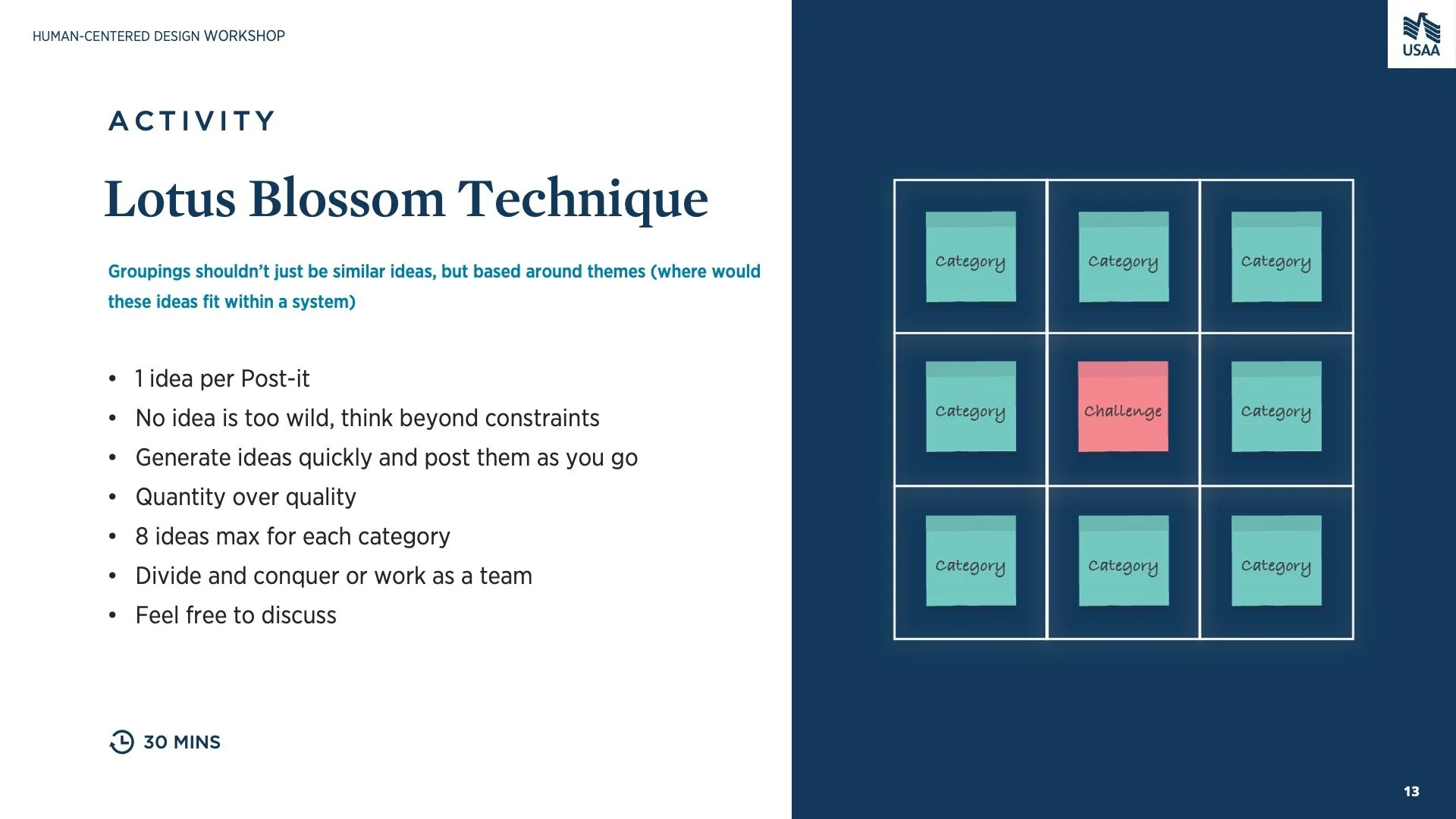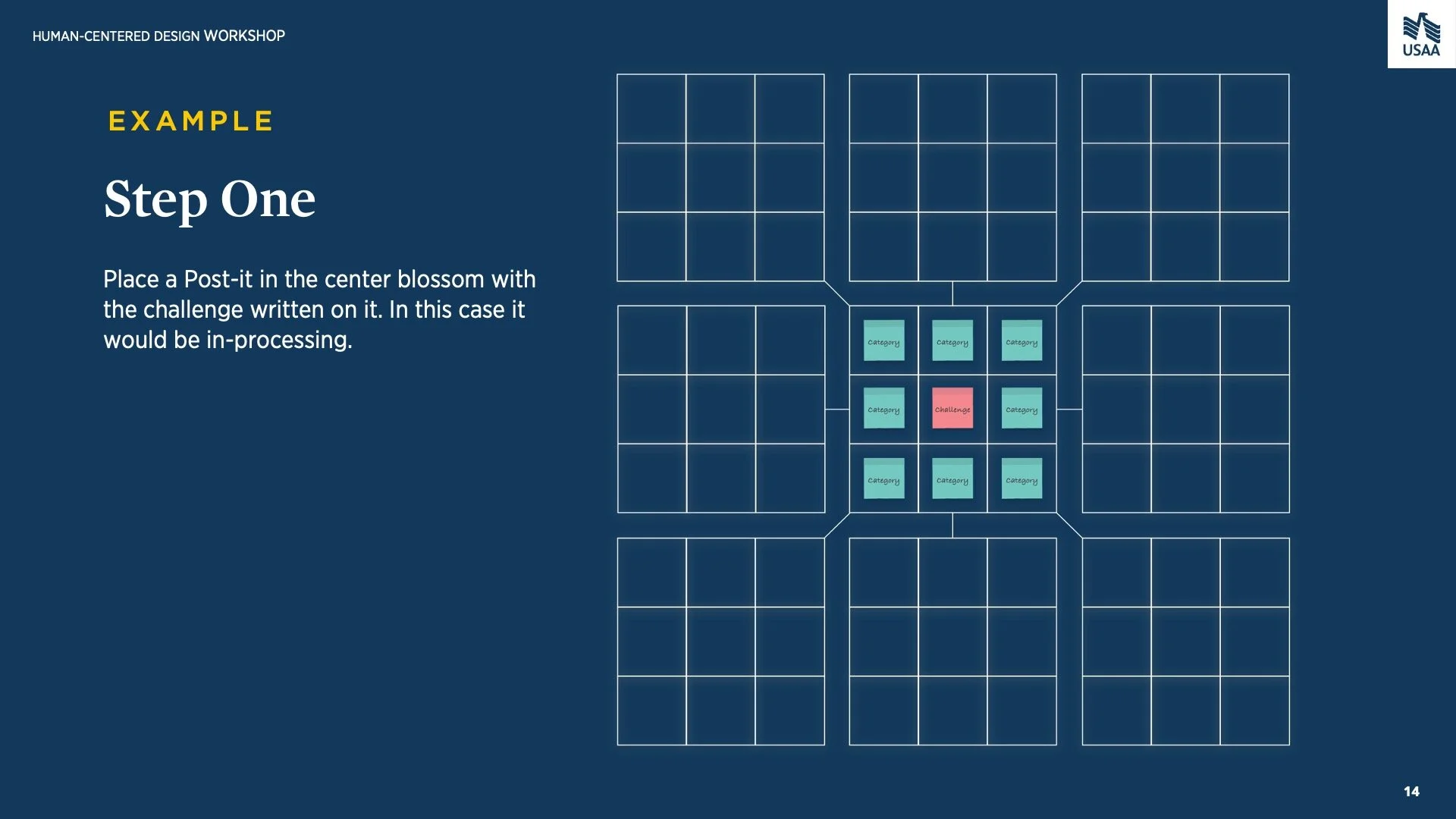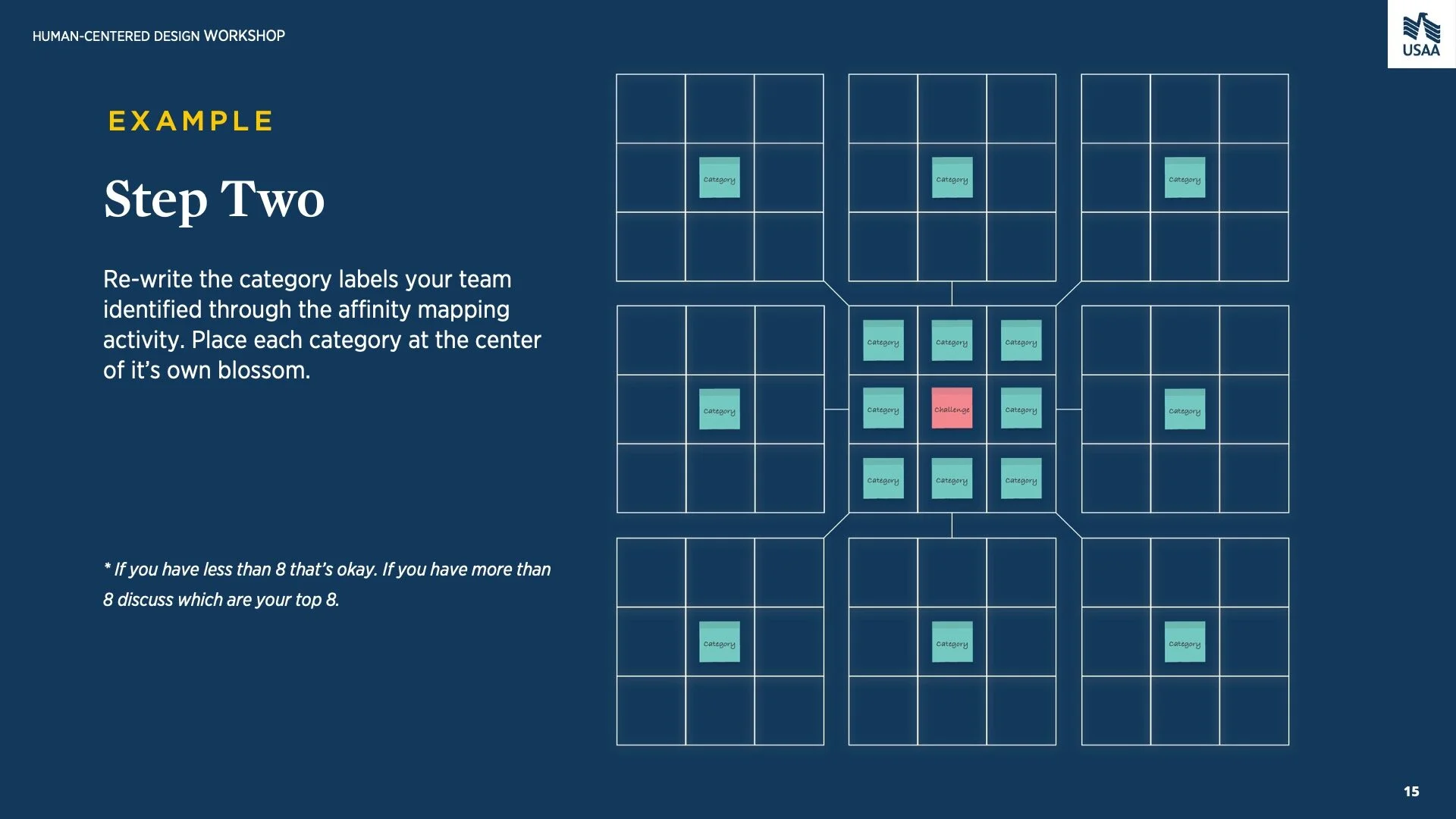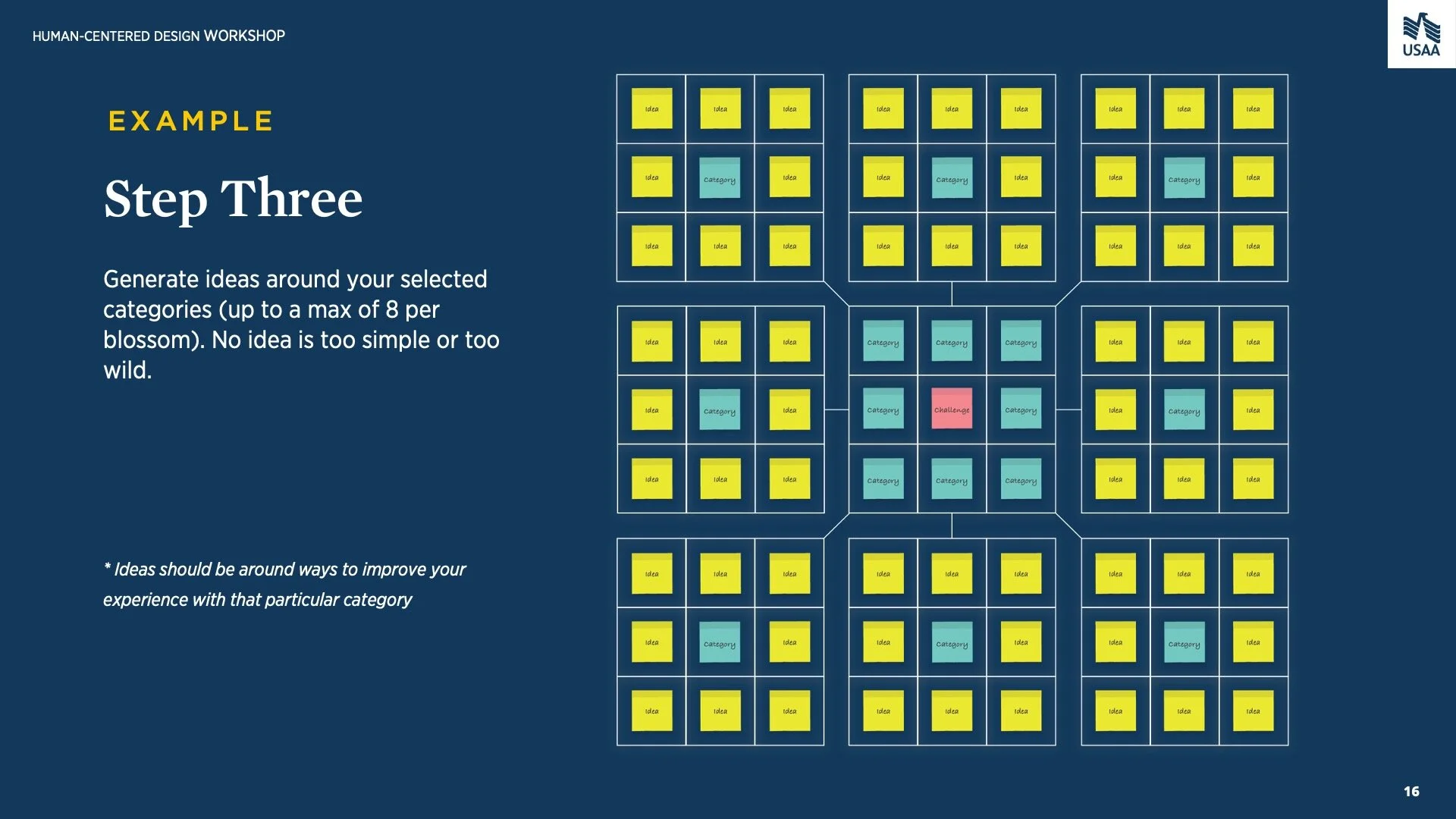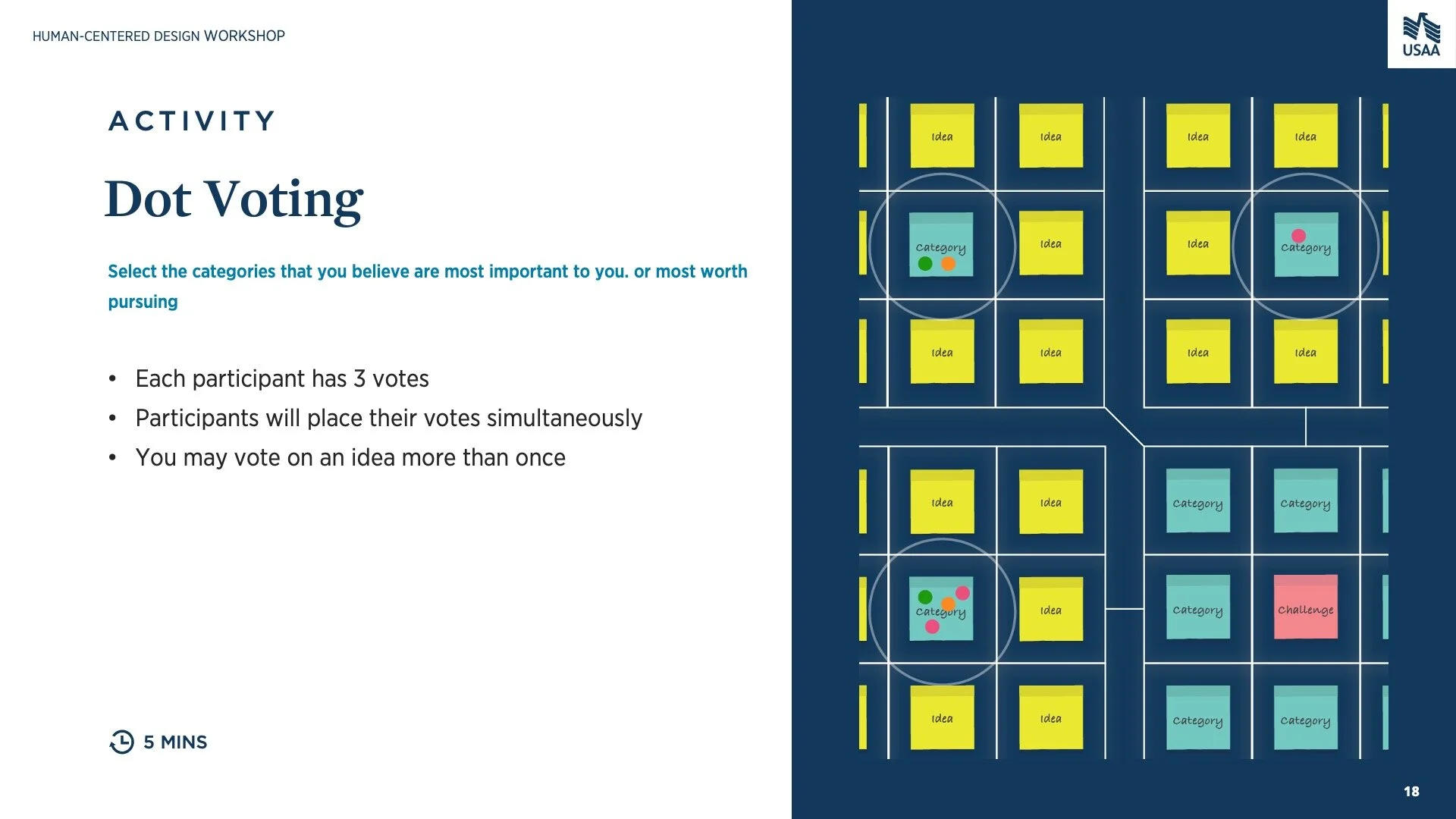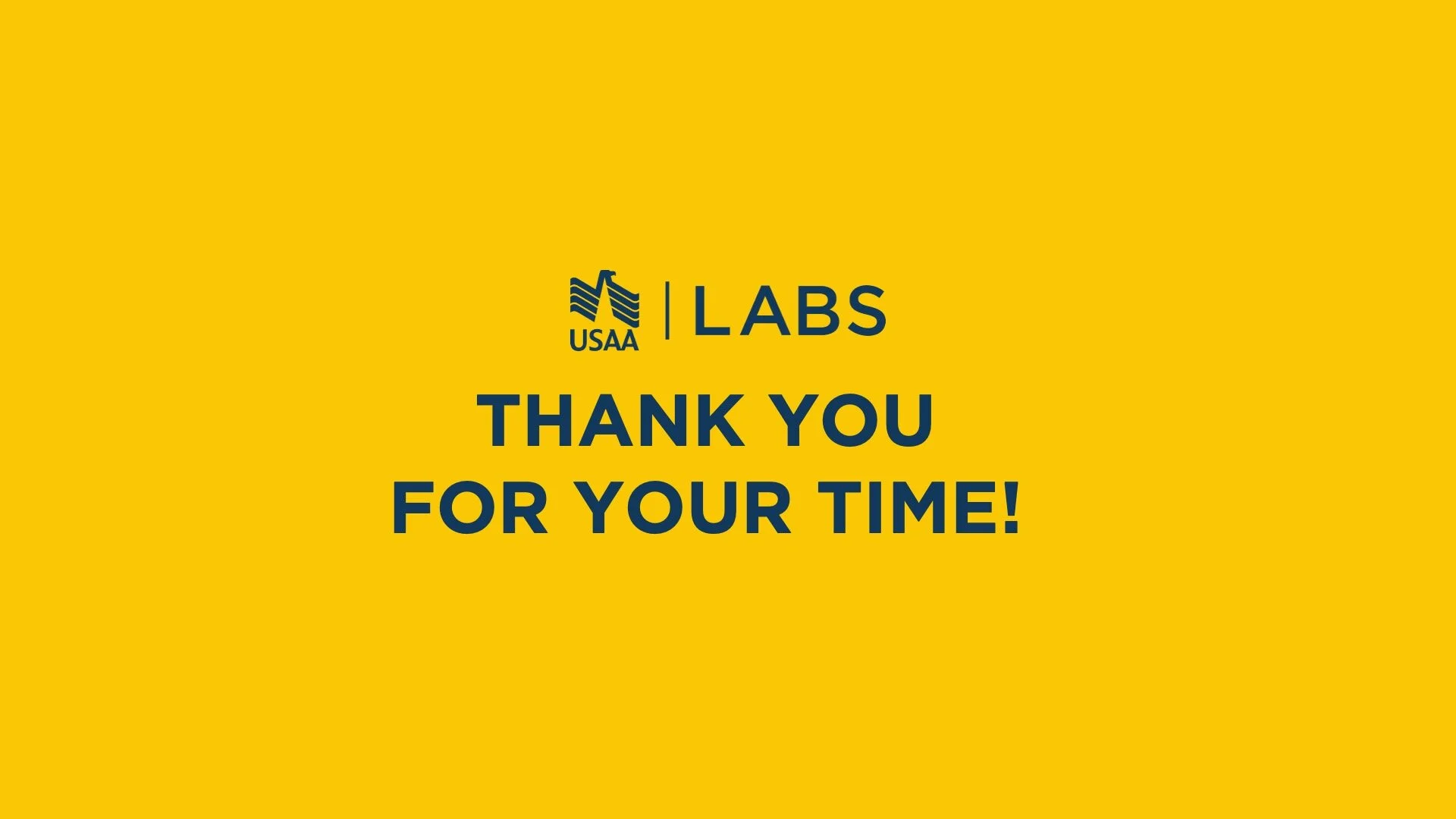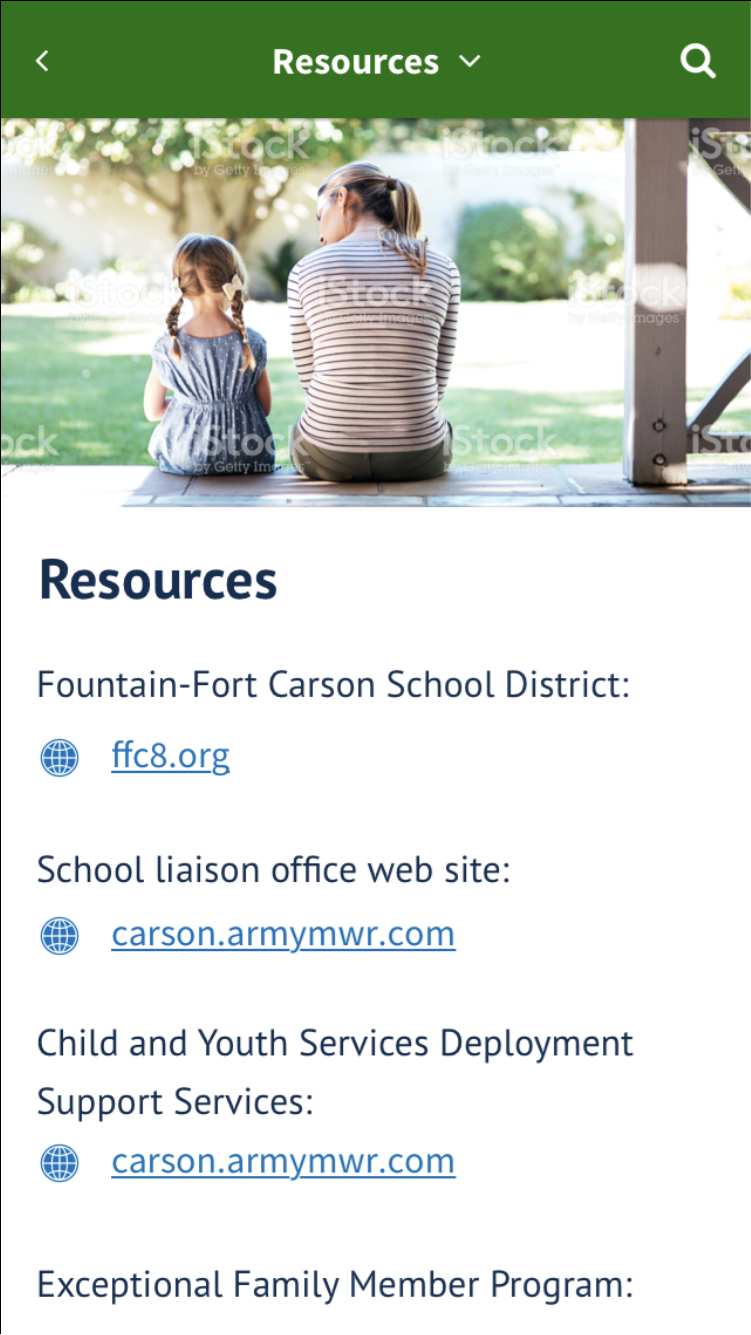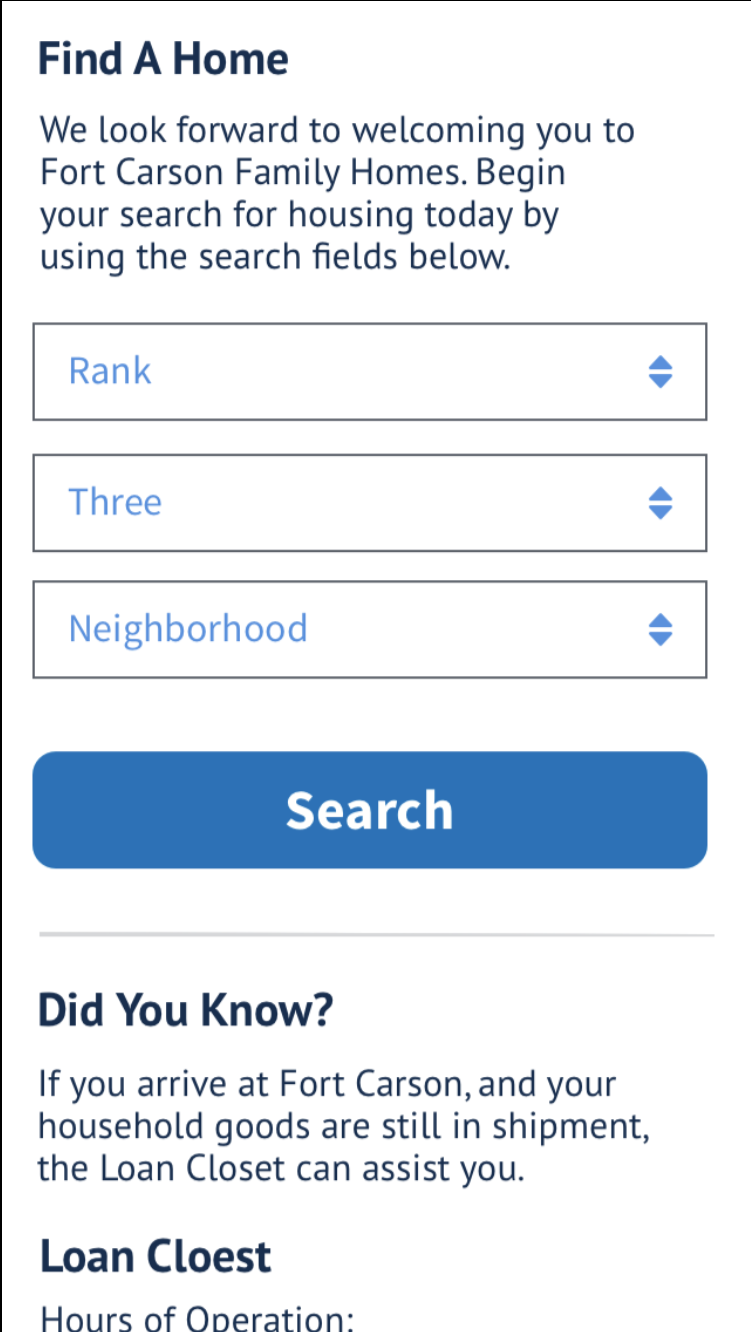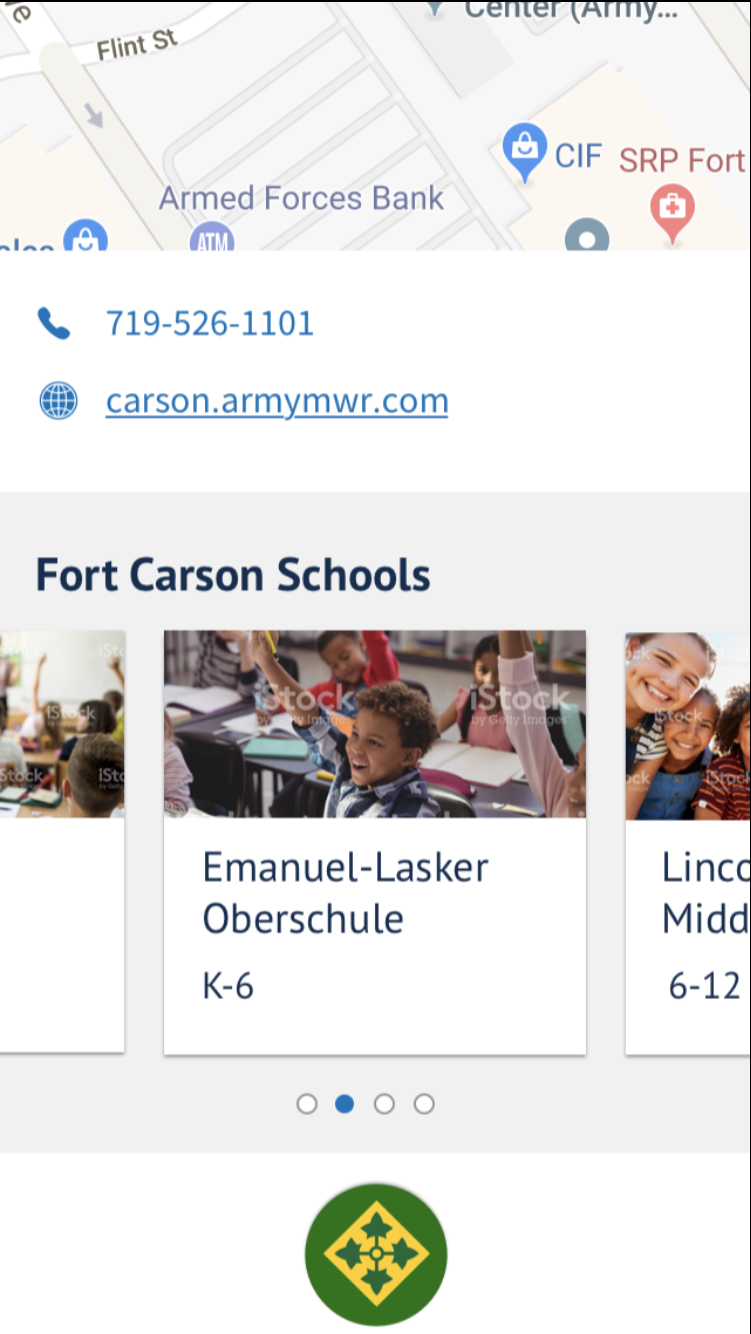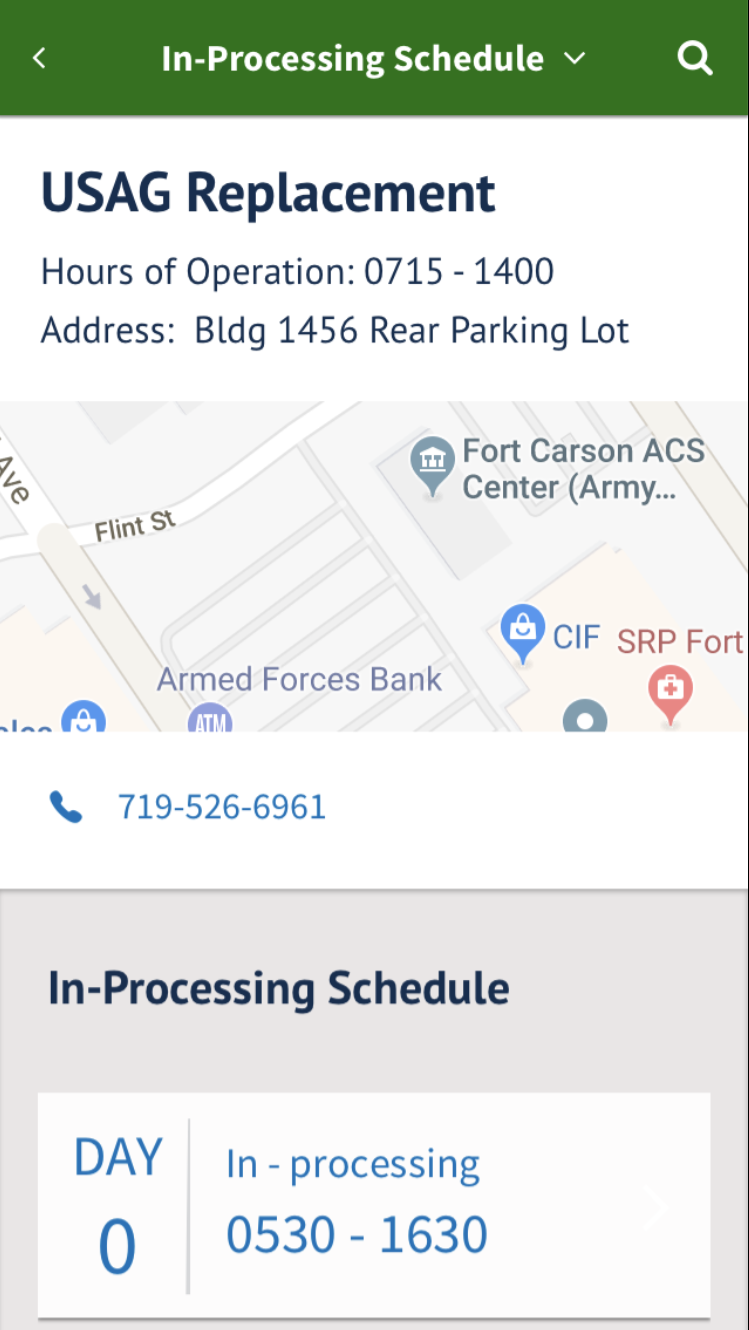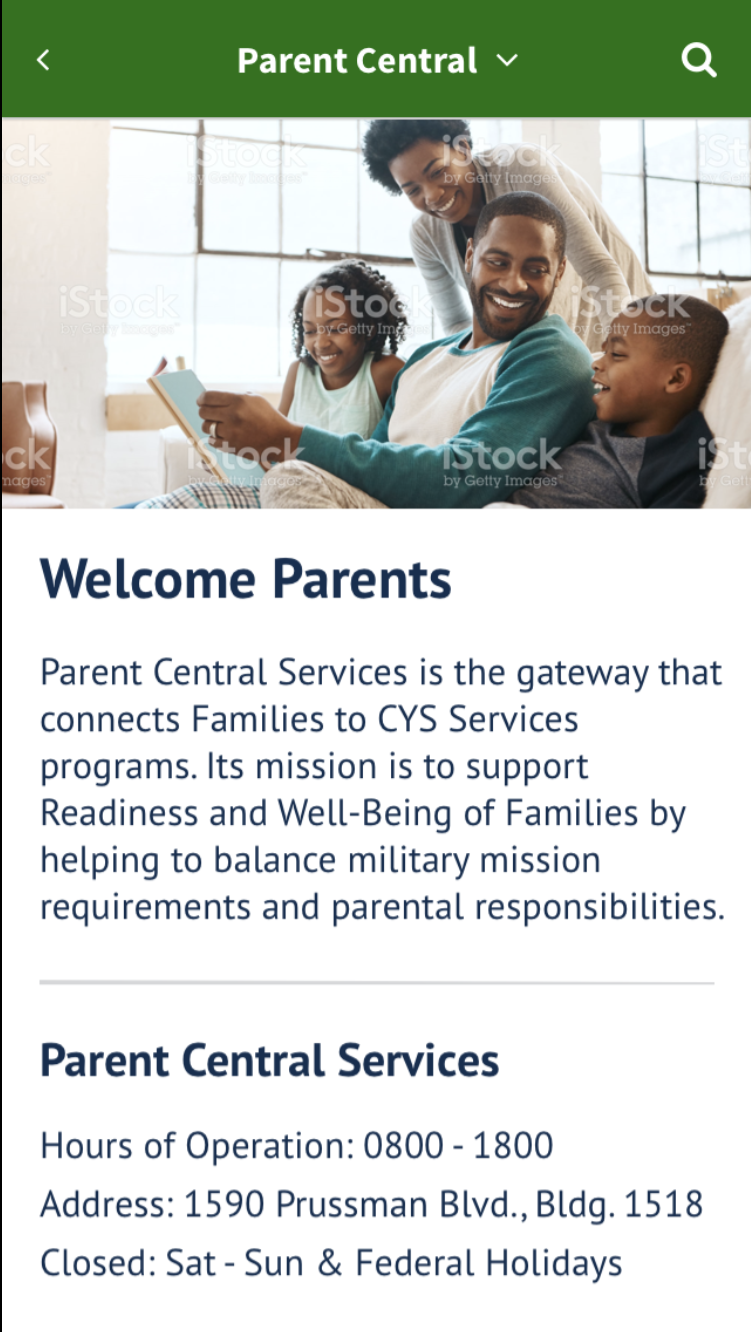Making In-Processing Easier
Ft. Carson Mountaineer App
Background | Our “Why”
Simply put, we wanted to address the challenges of base navigation for both current residents and incoming soldiers to reduce the complexity encountered while trying to acclimate to Fort Carson.
In the quest to enhance base navigation at Fort Carson, Major General Randy George and his team sought USAA's support. Despite initial reliance on survey data, I insisted on connecting directly with our primary users—the amazing service men and women of Fort Carson. This led to two fantastic trips to Colorado, filled with insightful conversations and real experiences.
I facilitated engaging workshops, listened to stories, and learned about their needs, ensuring our app truly served them. In design sessions, I contributed to wireframes and high-fidelity comps, collaborating closely with the team to bring their vision to life. It's more than just a project; it's about making a real difference for those who serve.
Impact & Outcomes
The Fort Carson Mountaineer app successfully launched on the App Store and Play Store in 2018, providing valuable support to over 26,000 soldiers. Notably, it was among the pioneering apps of its kind designed for a military installation. However, over time, support for the app has dissipated, and it has been superseded by the Digital Garrison app, which is a more native solution than the version we built.
Research & Discovery
Our research involved two main approaches: user-centered design and ethnographic research. In the ethnographic phase, we toured the base and organized a scavenger hunt. Divided into groups, each assigned to a specific persona, we used the same tools soldiers had for locating buildings. This hands-on experience deepened our understanding of the problem space and cultivated empathy for the cause. In addition to discovering key information for our app, we identified environmental design flaws on the base. While beyond our project scope, we shared these findings with base leadership for future consideration.
In our first 3-day visit, we immersed ourselves in the offerings of the Mountain Post. A noteworthy experience was attending the early morning In-Processing at 5:30 am, where new soldiers were welcomed. Witnessing the presentation, we gleaned valuable insights and information from the slide deck, integral for our app development.
In the user-centered design phase, we conducted sessions with around 100 enlisted, NCOs, officers, and military spouses over two days. Each session, lasting one and a half to two hours, and leveraged methodolgies from IDEO and the popular book "Universal Methods of Design" by Bella Martin and Bruce Hanington. Our aim was to systematically identify main issues in in-processing, delving deeper to comprehend important touchpoints within the process and the pains associated with each. (For the full presentation deck, please refer below.)
During our follow-up visit to Fort Carson, we brought a clickable InVision prototype of the proposed app. We organized a card sorting activity to gather additional feedback on where soldiers believed the incorporated information should reside. Our goal was to ensure we hadn't overlooked significant information and to understand any potential oversights.
Reviewing the Data
After completing our research, we sent all documentation to the USAA home office. We used an affinity diagramming method, clustering similar insights on large blackboards to identify patterns and draw inferences.
After completing our synthesis, we transferred our data to Mural, creating a digital representation of the organized chaos. This digital version served as a tool for sharing insights with stakeholders and Fort Carson's on-post leadership.
Lo-Fidelity
Subsequently, we initiated the creation of low-fidelity wireframes, envisioning the potential visual elements for the app. While the design team was led by myself, Phillip, and Abbey, we recognized the value of additional perspectives. Hence, we enlisted five more designers for collaborative "design-a-thons" over lunch across several weeks. Each designer tackled a specific section, and during whiteboarding sessions, we engaged in critiques, fostering continuous refinement based on constructive feedback. Once confident in the designs, we transitioned to InVision Freehand to digitize the sketches. And, just to address any concerns, yes, we made sure everyone was well-fed during the process!
Hi-Fidelity
We iteratively refined the mockups through multiple passes. The final product was developed in a CMS, ready to be handed off and maintained by cross-functional resources on post. While keeping In-Processing as the main focus, we integrated elements like a GPS-style map, the Commander's Welcome, Post News, Unit-specific info, and housing details at a comparable hierarchical level in the information architecture.

